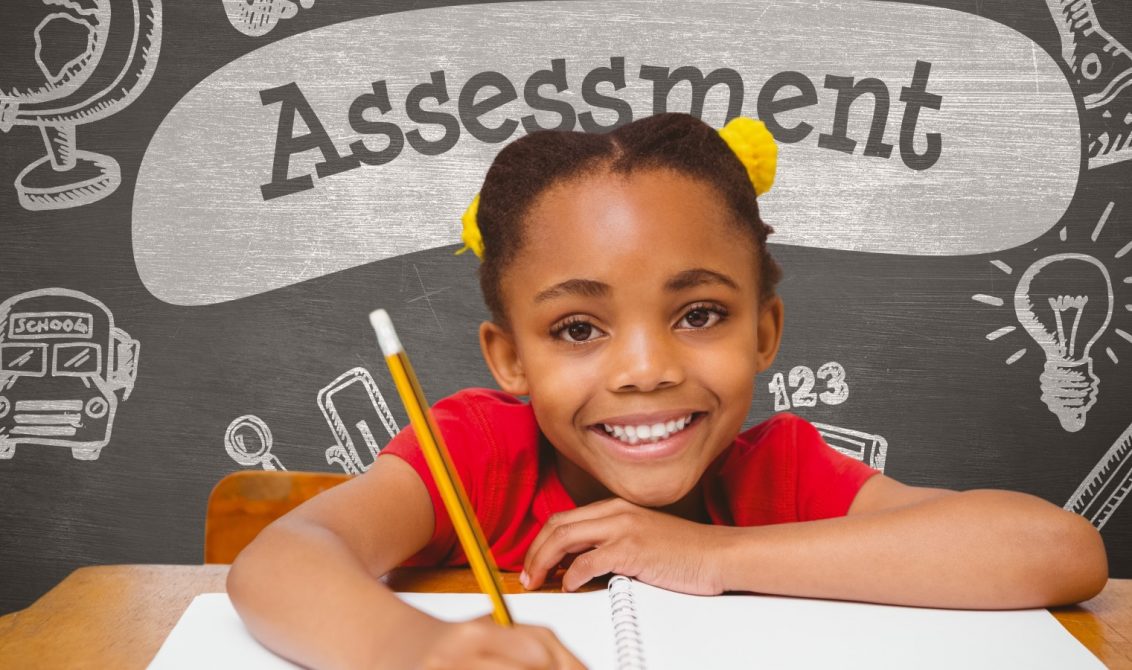
Here are our top 10 tips for keeping track of your class’s learning with iPrimary and iLower Secondary.
Teachers make assessments every day about what students know, understand and can do. This ‘assessment for learning’ (or formative assessment), is used to spot the next steps in learning for students and modify teaching and learning activities.
But assessment of learning (‘summative assessment’) is also important. This type of assessment identifies what has been learned at a particular point in time for comparison against a standard. This is especially important at the end of Primary and Lower Secondary to prepare students for external qualifications.
iPrimary and iLowerSecondary provide progress tests and end-of-year tests which are linked to the curriculum objectives. This means you can feel confident that you are preparing students for higher-stakes examinations – whether the Year 6 and Year 9 Edexcel tests, International GCSEs, or later challenges.
Here are our top tips for getting the most out of the progress tests!
-
Go through an example test so that students know what the actual test papers will look like. You might look at a past year’s papers, or a combination of progress tests.
-
Reinforce the importance of good time management to students, for example, moving on if an answer is difficult and coming back to it at the end.
-
Explain the importance of attempting all questions in the test; there are no penalties for incorrect answers, so they have nothing to lose!
-
Discourage students from writing alternative answers. These can’t gain a mark because the student has had two attempts at the answer. However, if students change their mind, they can cross out their first answer and write the answer they want to be marked clearly.
-
Explain to students that the space provided for an answer on the test paper gives a clue as to what type of answer is needed. E.g. a short line or box indicates that only a few words are needed but two or three lines indicates a longer answer is required.
-
Promote good revision techniques among your students by asking them to prepare revision quizzes for each other and modelling good summary note-taking.
-
Set practice tests, ideally using the same room, desk arrangement and seating plan as for the real tests, and with all the equipment they can expect to have for the real test.
-
After marking, write a comment giving feedback on any written working (if applicable), as well as total marks. List any concepts where you feel the student would benefit from extra practice.
-
Having completed the marking, work through each question and answer with the whole class, offering explanations and discussing reasoning as you go. Advise students to make a note of any question numbers where they still feel unsure.
-
Make testing a positive experience! When reviewing test results, try to offer two pieces of praise for every criticism. A returned test paper full of red marks will not encourage students to continue practising.

